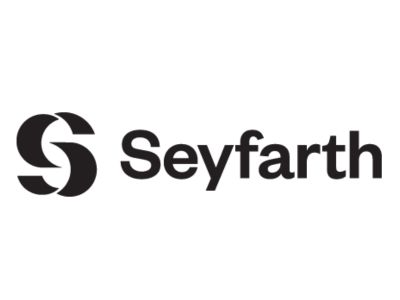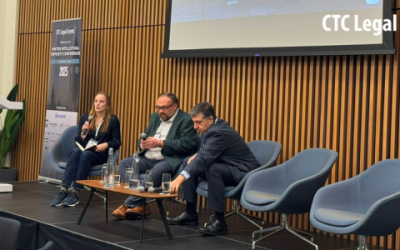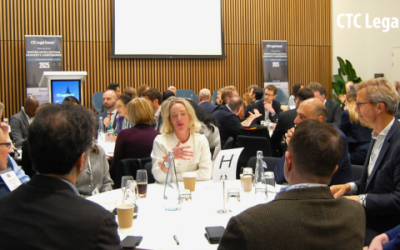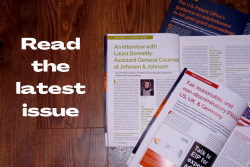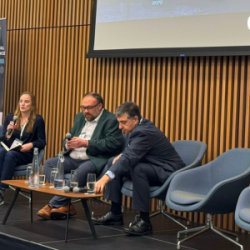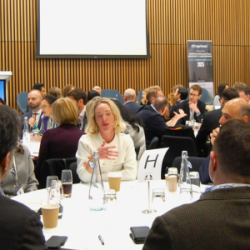The United States Patent and Trademark Office (USPTO) is poised for a pivotal transformation in its fee structure, slated for fiscal year 2025. This overhaul, far from being a mere procedural update, represents a fundamental shift poised to redefine the landscape of patent applications and processing.
Central to the proposed changes is a significant uptick in fees associated with various patent services. A notable feature of the new fee schedule is the introduction of surcharges for continuation applications filed long after the initial application. Specifically, the USPTO plans to impose a 2,200 USD fee for continuations filed more than five years post the initial application, which increases to 3,500 USD for those filed after eight years. This approach is underpinned by the economic considerations of patent terms and maintenance fees, where the USPTO highlights the challenge of recouping costs for continuation applications, given their typically shorter remaining patent terms.
Further, the proposal outlines considerable increases in fees for Requests for Continued Examination (RCE), with a 25-80% hike for second and subsequent filings. This aims to encourage a more streamlined and efficient prosecution process. In line with this, there is a push for more focused patent applications through a proposed doubling of fees for claims exceeding 20, a move intended to dissuade unnecessarily lengthy and complex filings.
The restructuring also introduces a tiered fee model for Information Disclosure Statement (IDS) submissions, correlating the fees with the number of references cited. This adjustment seeks to mitigate the administrative burden of processing extensive IDSs and urges applicants to limit their submissions to essential references. The fee structure is set at 200 USD for more than 50 references, 500 USD for over 100, and 800 USD for upwards of 200 references.
On another front, the USPTO anticipates raising the fees for inter partes review and post-grant review proceedings by 25%, to more accurately reflect the costs associated with these comprehensive procedural undertakings.
Additionally, the proposal introduces a 500 USD fee for participation in the Accelerated Examination Program (AFCP 2.0), which is currently free. AFCP 2.0 was designed to encourage collaboration between examiners and applicants to reduce pendency by avoiding RCEs and continuation applications. The USPTO notes that if it is unable to recover the cost of the AFCP 2.0 program, it will need to consider terminating the program. In some cases, AFCP 2.0 consideration is not granted because the additional search requires more time than is allotted. It is unclear if the fee will be refunded under this scenario.
Finally, the USPTO proposes an increase in design patent application fees. The number of design patent applications has increased by 50% since 2014. Because the USPTO is not permitted to establish maintenance fees for design or plant patents (see 35 U.S.C. 41(b)(3)), this fee increase is intended to increase revenue to recover design costs.
Despite the broad spectrum of fee increases, the USPTO remains mindful of the financial challenges faced by smaller entities, maintaining a regime of discounts for small and micro entities to ease their fiscal load.
These impending fee hikes, however, raise concerns regarding their potential disproportionate impact on small businesses and startups. These groups, typically constrained by limited financial resources, may find themselves particularly disadvantaged, facing restricted options in pursuing and maintaining patent protection, which could impede their innovative capacities and growth trajectories. In contrast, larger enterprises, buoyed by more substantial financial reserves, are likely to navigate the increased fees with less difficulty.
Scheduled to take effect at the beginning of fiscal year 2025, on October 1, 2024, these proposed changes are open for public commentary until June 3, 2024. The USPTO has invited stakeholders to provide their insights and feedback through the Federal eRulemaking Portal.
In summary, if adopted, the USPTO’s proposed fee increase will lead to a strategic shift in patent prosecution for many applicants, urging a move towards more efficient, streamlined filings. This transition necessitates a careful recalibration of filing and prosecution tactics, especially for those operating on tighter budgets. For example, applicants should reassess their pending applications and consider whether to expedite continuations before the fee hike. Additionally, prior to the fee hike, applicants should consider accepting allowable subject matter or narrowing claims to adapt to the evolving fiscal environment.
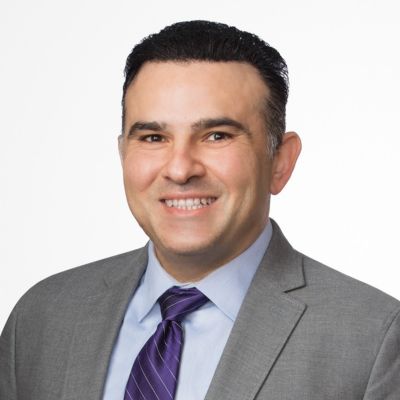
Written by Puya Partow-Navid
Partner, Seyfarth Shaw
You may also like…
David Jenkins of UKIPO shares his thoughts on the Winter Intellectual Property Conference 2025
Following CTC Legal Events' second Winter Intellectual Property Conference held in London on 5-6 November, David...
Winter Intellectual Property Conference 2025: a review
As a proud member of the Editorial Board of The Trademark Lawyer, I could not decline the invitation of the...
Pravin Anand conferred with the APAA Enduring Impact Award
Pre-eminent IP Lawyer and Managing Partner of Anand and Anand, Mr Pravin Anand, has been conferred with the...
Contact us to write for out Newsletter



